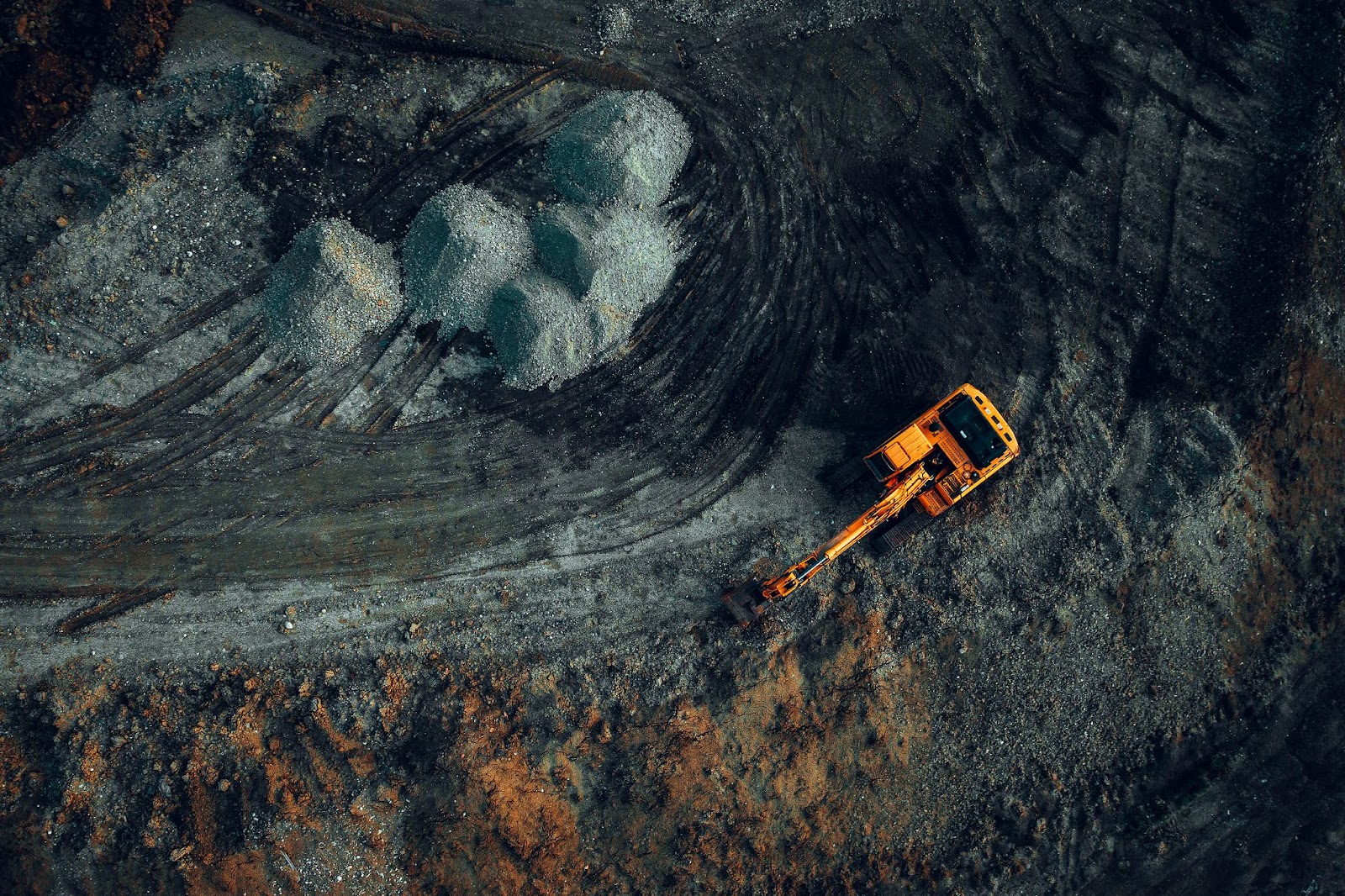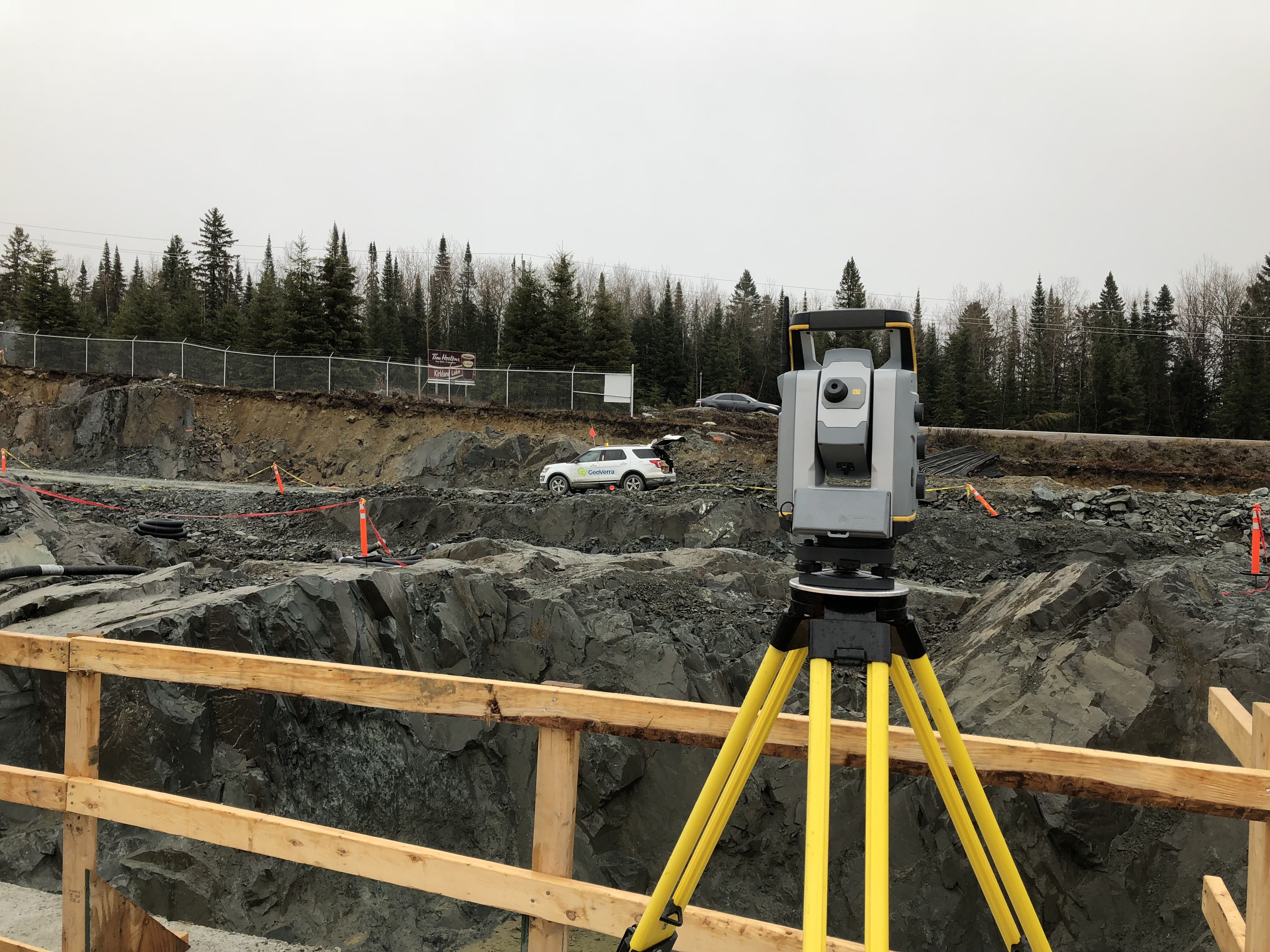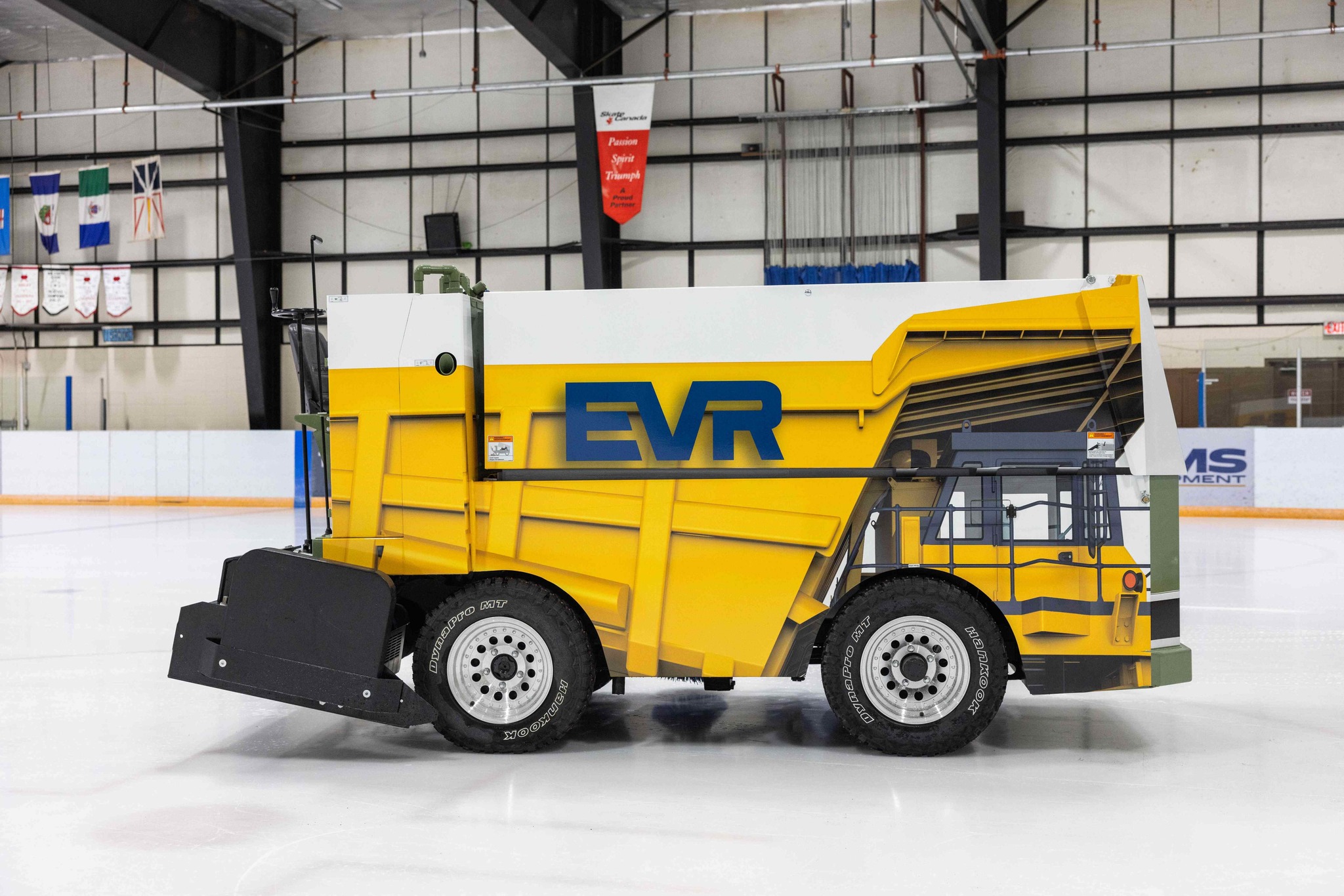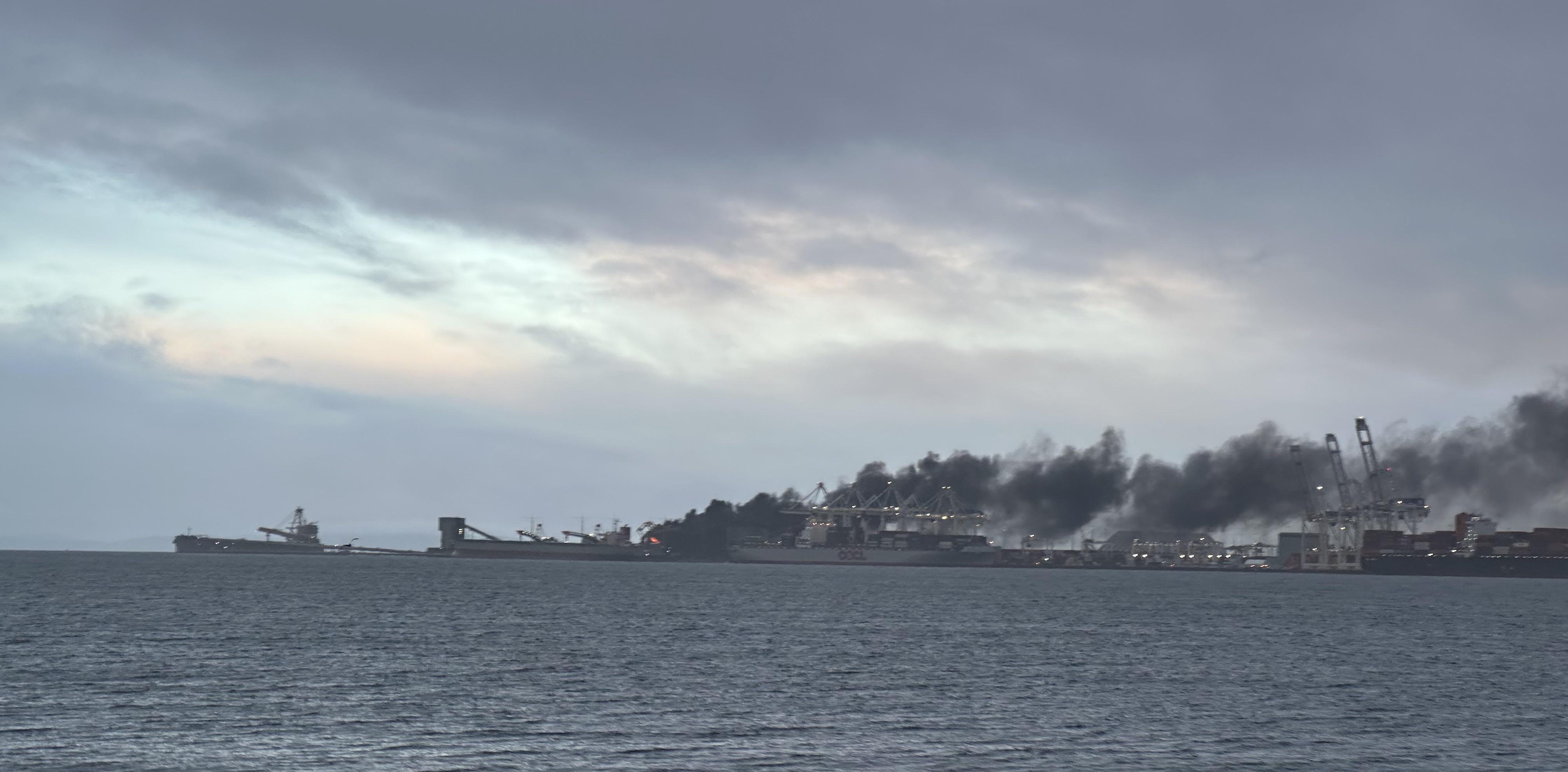Imperial Metals’ Red Chris mine is 70 per cent complete
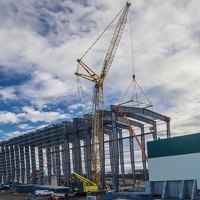
Red Chris Mill building under construction near Dease Lake, BC. — Photo courtesy Imperial Metals Imperial Metals’ Red Chris mine has project commiss
Red Chris Mill building under construction near Dease Lake, BC. — Photo courtesy Imperial Metals
Imperial Metals’ Red Chris mine has project commissioning scheduled for the summer of 2014. The copper/gold property located 80 kilometres south of Dease Lake represents a $500 million projected capital cost and a two-year construction timeline that will see the project meet its 2014 commissioning deadline.
According to Imperial Metals, at the end of the second quarter in 2013 the property completed powerline structure accesses on the 18-kilometre route from Tatogga to the mine site, preparation of the primary crusher, MSE wall and transfer tower foundations and more than 6,751 cubic metres of concrete used in building foundations, grade beams, mill piers and raft slab.
The work also included installation of a water diversion and sediment control structures around the tailings impoundment area and foundation drains for the TIA North Starter Dam.
Steve Robertson, vice-president of corporate affairs for Imperial Metals, said Red Chris is a game changer for B.C. because its size and grades in the deeper resource defy the perceived capacity of mining developments in B.C.
“We’ve hit some of the best drill holes ever drilled in this country,” he said, naming hole O7-325, which represents over a kilometre of 1.01 per cent copper and 1.25 per tonne gold and is completely mineralized from top to bottom.
Hole 350 contains 650 metres of 1.5 per cent copper and 2.7 per tonne gold.
“Results like that are indicative of the size and grade of Red Chris and are certainly not typical of what people think deposits are like in B.C.,” he said. “The Red Chris mine will be a measure by which other discoveries are compared.”
The company’s most recent technical report completed in 2012 lists measured and indicated mineral resources at 1.26 billion tonnes, with 8.89 billion pounds of copper, 12.9 million ounces of gold and 44.59 million ounces of silver, calculated at a copper equivalent cut-off grade of 0.1 per cent.
The development also represents an inclusive and thorough community consultation process that has been ongoing since Imperial Metals became involved with Red Chris and will continue for the life of the project.
“Tahltan First Nation has sat shoulder to shoulder with us as we discussed the development of this project and their involvement has been genuine,” said Robertson. “We would not have as good a project as we do without their participation.”
Tahltan First Nation worked with Imperial Metals on the Fish Habitat Compensation Plan, for instance, which improved the project’s progress in this area and had a genuine effect on the project on the ground, he said.
Like any large scale development, Red Chris wasn’t without its challenges, including a tight timeline and wild cards like fluctuating energy, labour and materials costs.
"The biggest issues are always those ones that you don’t have much control over,” said Robertson, “but by having a disciplined approach and developing a great team, those issues are all handled in due course.”
Imperial Metals has been a mainstay in B.C.’s mining sector for over 50 years, thanks to a disciplined and focused approach. It has been steady in its geographic focus on western North America—avoiding the temptation to venture overseas when it seemed en vogue to do so—and it has stayed low key in its project selection.
“That approach has paid off for us and has had long-term benefits that may or may not appear immediately visible,” said Robertson.
“We’ve always lived within our means and when revenues have gone down, our expenditures have also gone down. When you are spending other people’s money you develop a certain mentality, but when you earn the money yourself you have more attachment to it and have to stay disciplined."
Commissioning of the major mill components depend on the completion of the Northwest Transmission Line, expected to finish on schedule in May 2014.
